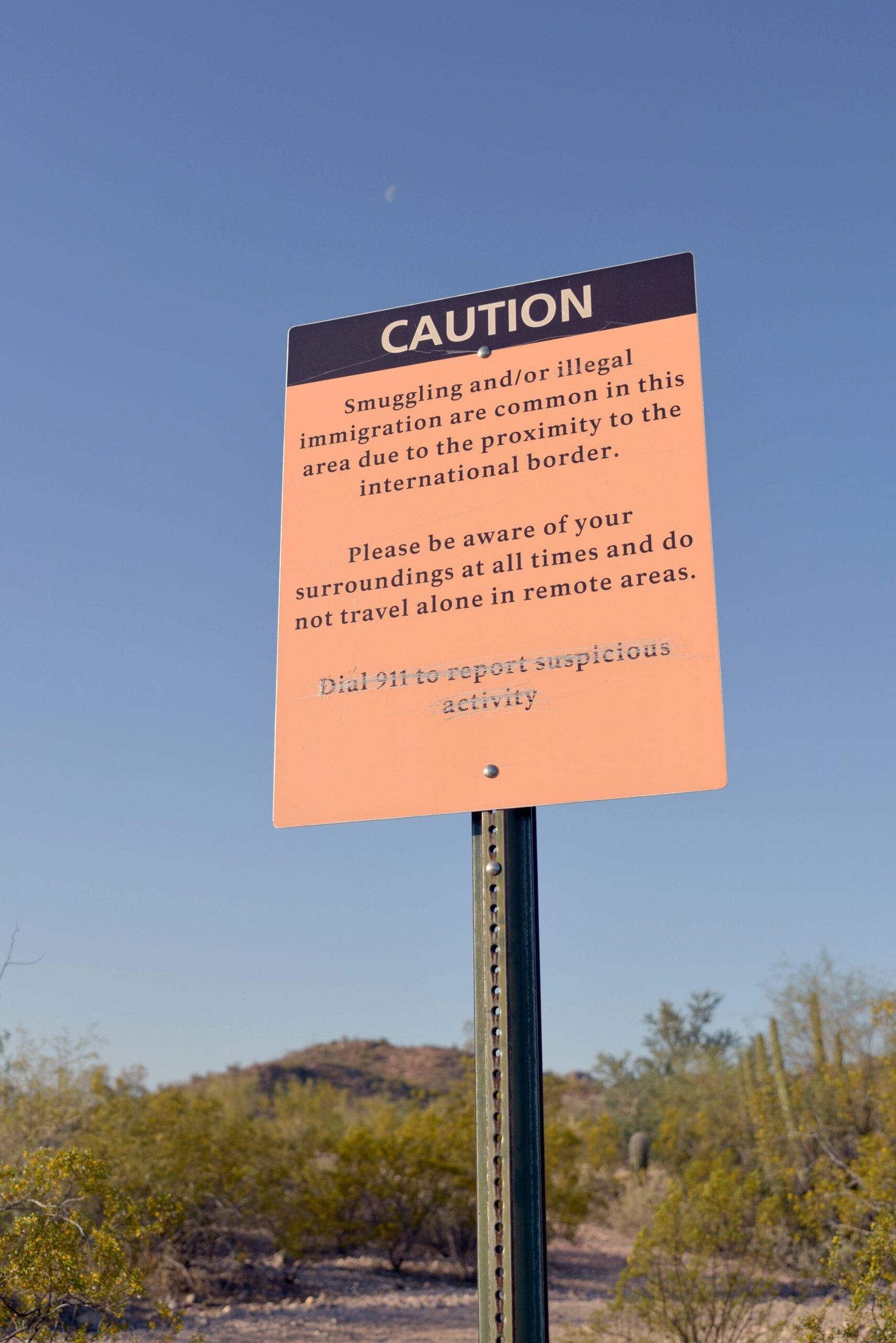
Photo by <a href="https://unsplash.com/@gregbulla" rel="nofollow">Greg Bulla</a> on <a href="https://unsplash.com/?utm_source=hostinger&utm_medium=referral" rel="nofollow">Unsplash</a>
Overview of Current Immigration Policy
The landscape of U.S. immigration policy is characterized by notable changes and developments, particularly since the Biden administration took office in January 2021. A central component of this administration’s approach has been to address the complexities and challenges inherent in the immigration system, emphasizing a balance between enforcement and humanitarian principles. One of the first actions taken by President Biden was to rescind or modify several policies established by the previous administration, aimed at curbing both legal and illegal immigration.
Among the key policy shifts is the re-establishment of the Deferred Action for Childhood Arrivals (DACA) program, which protects eligible undocumented individuals who arrived in the U.S. as children. This decision reflects a commitment to support vulnerable groups while acknowledging their contributions to society. Additionally, the Biden administration has sought to enhance pathways for legal immigration through measures such as streamlining the visa application process and advocating for comprehensive immigration reform.
The role of Congress remains critical in shaping immigration laws; however, partisan divisions have resulted in legislative gridlock. Efforts to pass comprehensive immigration reform face substantial hurdles, underscoring the complexity of addressing issues like undocumented immigration and border security. This stalemate has further polarized the immigration debate, as various stakeholders—including advocacy groups and public opinion—exert significant influence on policy discussions. Grassroots campaigns and public pressure have proven pivotal in advocating for more humane treatment of immigrants and pushing for systemic changes.
In contrast to federal policy initiatives, many states have adopted their own immigration measures, often leading to divergent practices that complicate compliance and enforcement. As the national conversation continues to evolve, the interplay between federal ambitions and state actions presents ongoing challenges in achieving cohesive immigration policy. Understanding these dynamics is essential to grasping the current state of immigration in the United States.
Impact of Recent Legislation
The landscape of U.S. immigration policy has seen significant shifts due to recent legislative actions. A number of key bills have been introduced and debated in Congress that collectively stand to reshape immigration practices across various fronts. In particular, the proposals aimed at reforming the fate of undocumented immigrants, refugees, and asylum seekers have garnered considerable attention and scrutiny. For instance, the Dream Act aims to provide legal status to undocumented individuals who were brought to the U.S. as children, recognizing their ties to American society and allowing them a pathway to citizenship. Such legislation could directly affect millions of individuals, fundamentally altering their standing and interaction with the immigration system.
Moreover, legislation focusing on refugee admissions demonstrates a pronounced impact. Recent bills propose adjusting the annual cap on refugee arrivals, thereby responding to global needs while balancing national security concerns. These adjustments reflect a broader trend towards facilitating humanitarian assistance while also addressing domestic apprehensions regarding immigration security. This is crucial for new arrivals who seek refuge from persecution, ensuring their rights and safety are prioritized within U.S. borders.
In terms of enforcement, recent changes have also raised questions about the rights of immigrants. New policies may include heightened scrutiny of visa applicants and enforcement of stricter asylum application processes. This raises significant implications for individuals seeking asylum, as the challenges they face could become more pronounced. It is noteworthy that these legislative measures highlight the ongoing debate between enforcing immigration laws and safeguarding the rights and dignity of immigrants. Through these political dynamics, the balance being aimed for in U.S. immigration policy continues to evolve, with tangible impacts on various immigrant communities across the nation.
Challenges Facing Immigrants Today
Immigrants in the United States today navigate a multifaceted landscape of challenges that affect their daily lives and opportunities for success. One of the most significant barriers they face is the complex and often intimidating legal framework governing immigration. Many immigrants encounter obstacles such as lengthy application processes, frequent changes in immigration policy, and possible detainment or deportation. These hurdles can create an atmosphere of uncertainty, making it difficult for immigrants to establish stable lives in the U.S.
Access to resources is another critical issue. Many immigrants, especially those from marginalized communities, often find themselves with limited access to essential services such as healthcare, education, and legal assistance. Language barriers can exacerbate these issues, with many immigrants unable to communicate effectively with service providers or navigate bureaucratic systems. Furthermore, financial constraints can hinder their capacity to pay for the necessary support services, isolating them from the very resources needed to thrive in a new country.
Social dynamics also significantly impact immigrants. Ongoing political rhetoric surrounding immigration policy often shapes public sentiment, creating feelings of stigma and discrimination that immigrants must confront. This can lead to a heightened sense of vulnerability and isolation within immigrant communities. For instance, immigrants from certain countries may be disproportionately affected by negative portrayals in the media or hostile immigration policies, impacting their integration and social cohesion. The collective experiences of various immigrant groups in the U.S. reveal the extent to which these challenges can undermine their wellbeing and diminish their contributions to society.
The intersection of legal, resource-based, and social challenges presents a daunting reality for many immigrants living in the United States today. Addressing these issues requires a concerted effort from policymakers, community organizations, and society at large to ensure that all immigrants have the opportunity to succeed and integrate into American life.
Future Outlook for U.S. Immigration
As the landscape of U.S. immigration continues to evolve, several key trends and developments are likely to shape its future. The increasing influence of demographics plays a significant role, with shifts in population dynamics prompting discussions around the necessity of reforming immigration policies. The U.S. is poised to face challenges stemming from an aging population and declining birth rates, leading to potential labor shortages in various sectors. This scenario may encourage lawmakers to reconsider and possibly relax certain immigration restrictions to ensure that the workforce remains robust and competitive.
In addition to demographic changes, global events, including geopolitical tensions and climate change, will further influence immigration patterns. Countries affected by conflict or environmental disasters may see an influx of refugees seeking asylum in the U.S. Hence, there is a growing need for streamlined processes and supportive measures to address these humanitarian concerns. Furthermore, ongoing economic factors, such as labor demand in the tech and healthcare industries, may drive legislative changes aimed at attracting skilled migrants through specialized visa programs.
Political dynamics also play a crucial role in determining the future of immigration policy. With shifting party control in Congress and local governments, there may be fluctuations in attitudes toward immigration reform. Advocates for more inclusive immigration policies argue for pathways to citizenship and protections for undocumented individuals, while oppositional voices may call for stricter enforcement and limitations on future immigration entries. According to experts, engaging in bipartisan dialogue will be essential to crafting effective and compassionate immigration solutions.
In summary, the future outlook for U.S. immigration is characterized by complex interactions among demographic, economic, and political factors. As the nation navigates these dynamics, it is essential to foster constructive conversations about reform that align with shifting priorities and humanitarian commitments, ensuring U.S. immigration policy remains both responsive and equitable.




